Rain Garden
Fernbank Museum is home to a variety of interesting exhibits and features, but some of Fernbank’s exhibits are less obvious than others. If you have been to the museum before, you may have unknowingly walked right past one of our outdoor features on your way in! Fernbank’s Rain Garden is easily overlooked but just as fascinating as our indoor exhibits. The Rain Garden is an example of how water conservation practices can be incorporated into the most unlikely of places. Be sure to check it out on your next visit.
Where is the Rain Garden?
The Rain Garden is located between Dinosaur Plaza and the museum’s side parking lot.
What is a rain garden?
Rain gardens are designed to conserve freshwater by redirecting the parking lot runoff into a garden of native plant species. This decreases the amount of water entering storm drains and helps reduce damage to streams by slowing down the dirty, fast-moving stormwater that would otherwise rush into nearby watersheds. The stormwater helps to replenish the soil moisture in the rain garden and provides natural irrigation for the garden.
The garden also functions as a water filter. As rainwater from the parking lot travels through the garden, pollutants such as brake dust and oil are filtered through the soil, thus preventing their introduction further down the watershed.
In one year of average rainfall, this garden can capture and clean up to 300,000 gallons of water!
Plants in the Rain Garden
Fernbank’s Rain Garden contains a variety of native, drought-tolerant plant species. Each species was carefully selected to make sure that all of the plants in the garden can easily absorb water and tolerate the local conditions.
Where to learn more?
More information about Fernbank’s Rain Garden is located next to the outdoor feature. During your next visit, remember to stop by and experience this natural beauty for yourself. You may even be inspired to start your own conservation project. Rain gardens are a practical and easy way to reduce water usage and lower water bills at home!
Visit the Georgia Native Plant Society online to learn more about landscaping with native plants.









